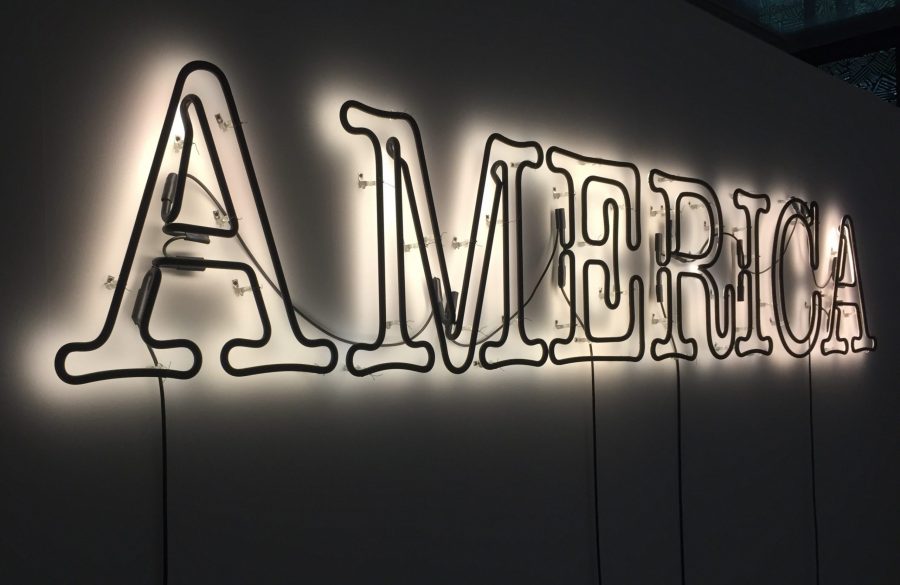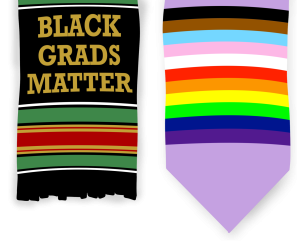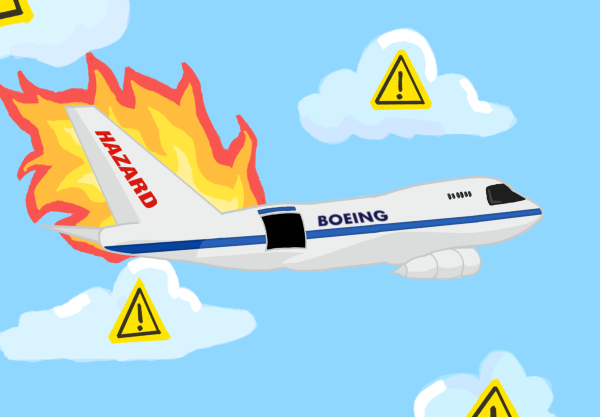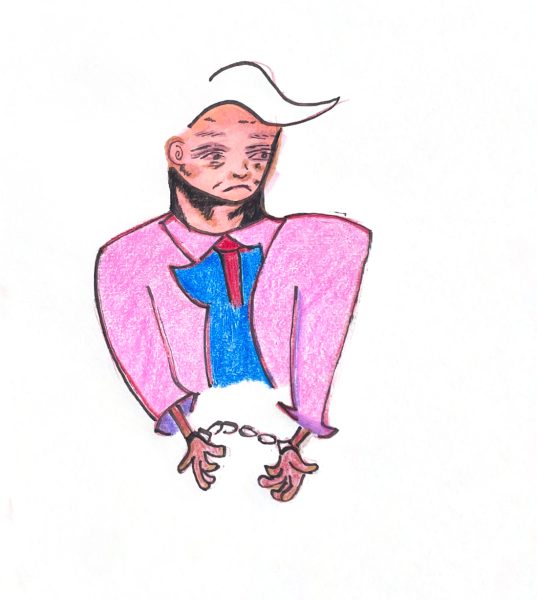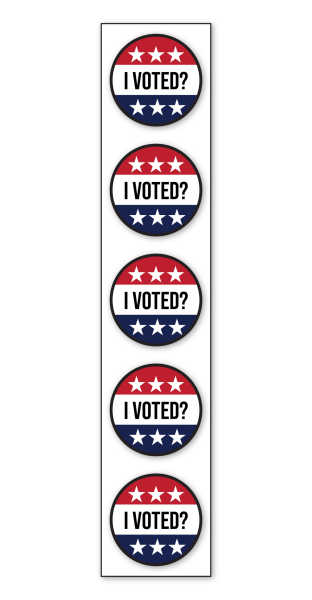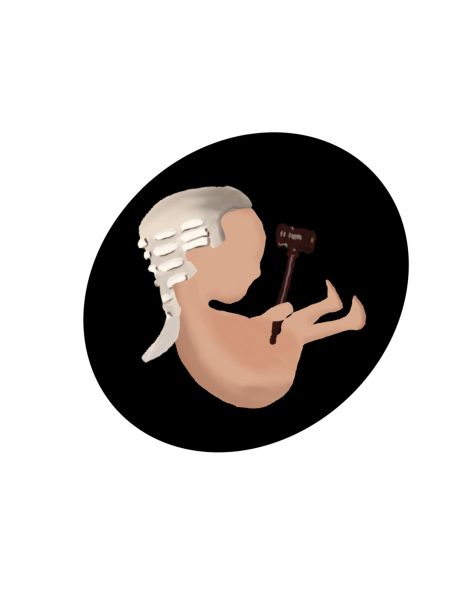Unpacking racial tensions behind hate crimes
Photo by Amber Chin.
March 23, 2021
The rise in Asian-American hate crimes extends to more than just sporadic incidents of violence. Due to the pandemic and rhetoric of Donald Trump, there has been a dramatic increase in hate crimes against the Asian-American community.
Recently, on March 16, there was a shooting at three separate spas in Atlanta, killing six Asian-American women. This incident not only incited strong feelings towards the perpetrator but also the police. The police had tried to defend the perpetrator stating that he was just having “a bad day,” making the crime seem excusable. As if a white man having a bad day makes killing people okay. This has led to public outrage fueled by the ideology of the “white man.”
The idea of the “white man” comes from how white colonial America facilitated injustices based on race, pushing this idea of “the white man” being the enemy towards minorities. With the problem being painted black and white, most label themselves as either the oppressors or the oppressed. While this is part of the issue, it’s overshadowing other aspects comprising the problem.
First, it’s not just the relationships between whites and everyone else that’s called into question, but rather the relationship between each minority group. The rise in Asian-American hate crimes has not been limited to white-assailants. Many well-known attacks have stemmed from black-assailants. This statement isn’t to say that the black community is predominantly responsible for these crimes, but to note the racial tensions between these Asians and blacks have exemplified as of late.
Growing up, I’ve noticed the unspoken racial tension from both sides living as an Asian American. There are times when I see older Asian-Americans dissuade their children from being associated with members of the black community. There are also times when no one wants to call out someone for stereotyping that I could speak Chinese or was exceptional at math when the person was a minority. For the record, I can’t do either. Both my experience and the current situation can be greatly attributed to the social roles these two groups have been linked to.
Asian Americans have often been labeled as the “model minority,” segregating them from other minority groups. It places them in a position that seems to “ally” itself with the whites while not being able to stand as an equal. However, it also pushes them away from other minorities as others see their position as unfair or traitorous. This is often known as the middle-man theory. On the other hand, the black community is delegated the “extreme subordinate status” that puts them on the opposite spectrum of the dominant group with marginal oppressive factors. This difference in roles has affected how each group tends to play out social issues, such as how the discussion of racial discourse tends to leave out a lot of the Asian-American perspective or how the BLM movement had clear systematic areas of contention. But currently, the rise in Asian-American crimes has led to a whole new set of perspectives from all groups.
Some are under the impression that the black community went through worse.
Others say that this is just the news media framing to create a fake crisis despite the 149% increase in reported hate crimes.
Others claim that the media is ignoring a big part of the conversation, with a marginal amount of these attacks are from the black community.
Others are commenting on the hypocritical nature of how black perpetrators are doing the same things as they claim are being done to them.
And others claim that this is happening because the Asian community rarely speaks up about social issues.
These responses arise because of a third dynamic added to the discussion of racial injustices. This addition makes it harder to navigate between the lines of fault and blame. But there are a few things I want to clarify here. The issue of black people lashing out against Asian people or the Asian community’s tendency to stay silent on social issues of other groups does not devalue the forms of oppression each group faces; the actions of a few don’t define a whole racial group. Racial discrimination isn’t based on the idea of singular victims and perpetrators. It isn’t clean-cut like a story but rather obscure where everyone can be a perpetrator and victim.
Without recognizing the existence of interminority-tension, no sense of unity will arise to adequately address social issues. Both the media and contemporary politics fail to shed light on the discourse of other groups not related to the white perpetrator, and this stops the conversation of resolving discrimination. To move forward against discrimination, any progress towards defeating Asian discrimination is interdependent on the progress of other communities. We have to try to resolve the unspoken racial tensions to truly start fighting together.

